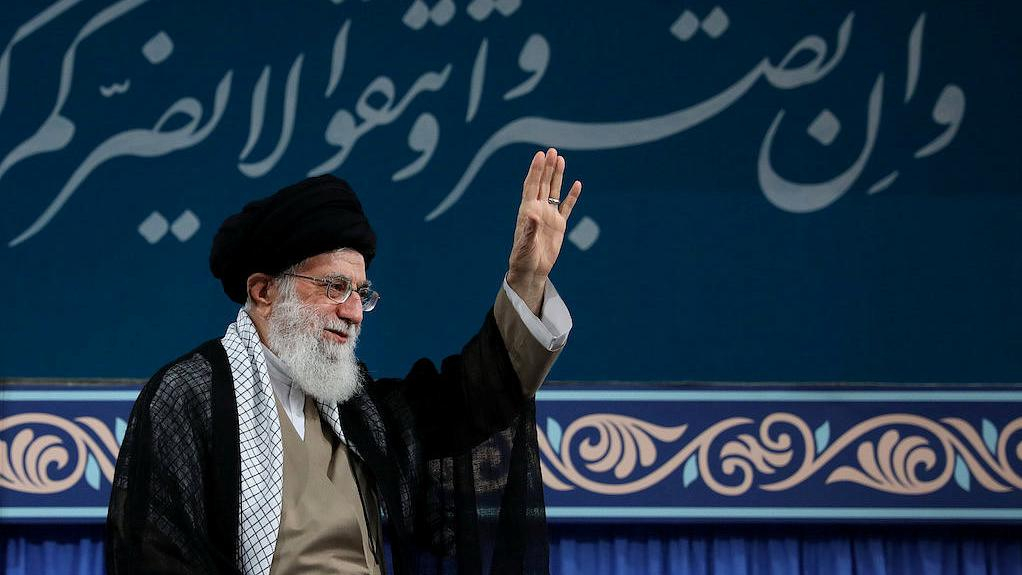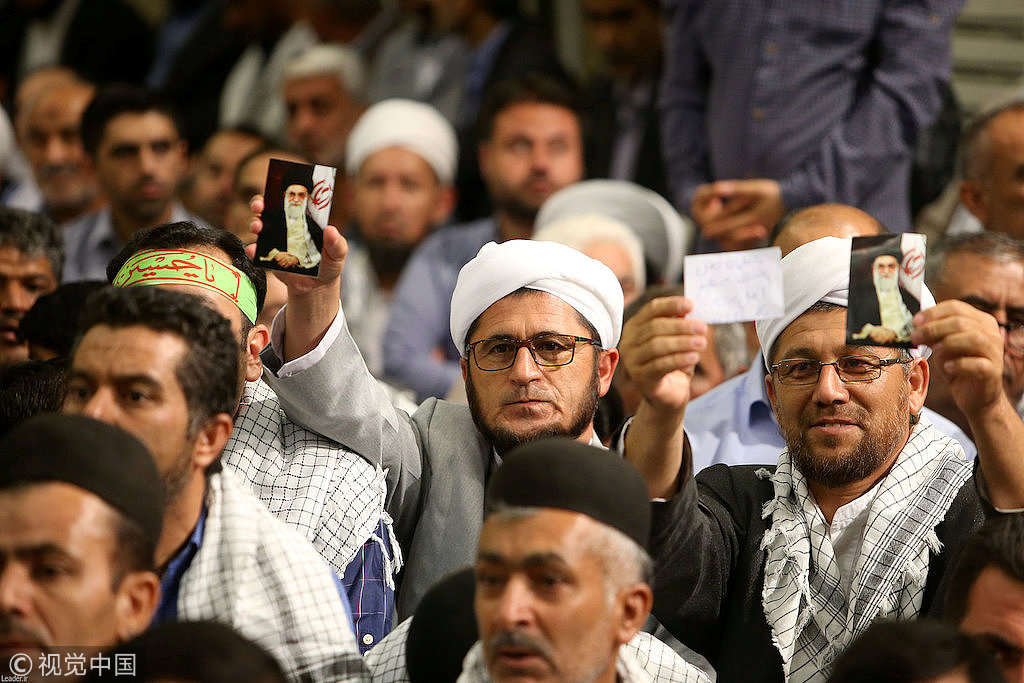
Opinions
22:45, 13-Aug-2018
Opinion: Economic hardship will not make Iran succumb
Updated
22:43, 16-Aug-2018
Wang Jin

Editor's note: Wang Jin is a Research Fellow of Charhar Institute and Research Fellow at Northwest University. The article reflects the author's opinion, and not necessarily the views of CGTN.
When the sanctions against Iran by the United States came into effect this month, US President Donald Trump may have believed that Iranian leaders would ask for direct negotiations with him for a new deal instead of attempting to keep the nuclear deal, or the JCPOA, which was signed three years ago and from which the US has withdrawn.
The “optimistic calculation” of Trump over Iran’s willingness to compromise is founded upon the latter’s possible economic collapse resulting from the US' sanctions. While Iran’s economy is having difficulties for sure, it is still far away from “collapsing.”
Since the beginning of this year, the Iranian currency, rial, has lost more than 50 percent of its value against the US dollar. Although the official rate between the rial and the US dollar is about 42,000:1, the rate between the rial and the US dollar has exceeded more than 100,000:1 on the black market.

Women listen to Iran's Supreme Leader Ayatollah Ali Khamenei at the Hussayniyeh of Imam Khomeini in Tehran, Iran, August 13, 2018. /VCG Photo
Women listen to Iran's Supreme Leader Ayatollah Ali Khamenei at the Hussayniyeh of Imam Khomeini in Tehran, Iran, August 13, 2018. /VCG Photo
The devaluation of the rial actually makes any business between foreigners with Iranians take on huge risk, while the problems of inflation and unemployment have caused a lot of resentment among Iranians.
The persistent decline in the purchasing power of the currency resulting from the devaluation of the rial might further provoke the tension between the moderate government led by President Hassan Rouhani with hardliners represented by Iranian Islamic Revolutionary Guards and conservatives made up of Islamic clergies at home.
But maybe we should not overestimate the difficulties of Iran’s economy.
The devaluation of the rial and inflation in the Iranian economy is nothing new. In fact, every Iranian president in the past few decades, from Ayatollah Rafsanjani in the 1990s to Seyyed Mohammad Khatami in the early 2000s, from Mahmoud Ahmadinejad to the incumbent Hassan Rouhani, had to deal with problems resulting from currency devaluation.
The official exchange rate between the rial and the US dollar during the Rafsanjani presidency transformed from 72:1 to 1755: 1; during Khatami presidency, reached more than 4800: 1; during Ahmadinejad, exceeded 30,000: 1.

People hold a picture of Iran's Supreme Leader Ayatollah Ali Khamenei, at the Hussayniyeh of Imam Khomeini in Tehran, Iran, August 13, 2018. /VCG Photo.
People hold a picture of Iran's Supreme Leader Ayatollah Ali Khamenei, at the Hussayniyeh of Imam Khomeini in Tehran, Iran, August 13, 2018. /VCG Photo.
Interestingly, the remarkable devaluation of the rial during the past few decades usually took place in the second presidential term. As Rouhani just began his second presidency after 2017, Iran is simply repeating history.
Meanwhile, the inflation in Iran is not “beyond control,” and the decrease in the unemployment rate might continue. Notably, the inflation rate under the Rouhani presidency is experiencing a new historic low. Ever since the Islamic Republic of Iran was established in 1979, the annual inflation rate was nearly 20 percent before Hassan Rouhani assumed the presidency.
Under the leadership of Rouhani’s administration, Iran’s annual inflation rate has been in the single digits, which is unprecedented since 1979. In addition, the unemployment rate fell to 12.1 percent in spring 2018 from 12.6 percent in spring 2017. This economic data might contribute to economic hardship for Iran, but not likely to an economic collapse.
Finally, with the unyielding and steadfast adherence of China, Russia and European states’ commitment to the JCPOA, Iran is not alone in the international arena. New sanctions might bring economic hardship to Iran, but not make Iran succumb to Donald Trump’s wishful expectations.

SITEMAP
Copyright © 2018 CGTN. Beijing ICP prepared NO.16065310-3
Copyright © 2018 CGTN. Beijing ICP prepared NO.16065310-3